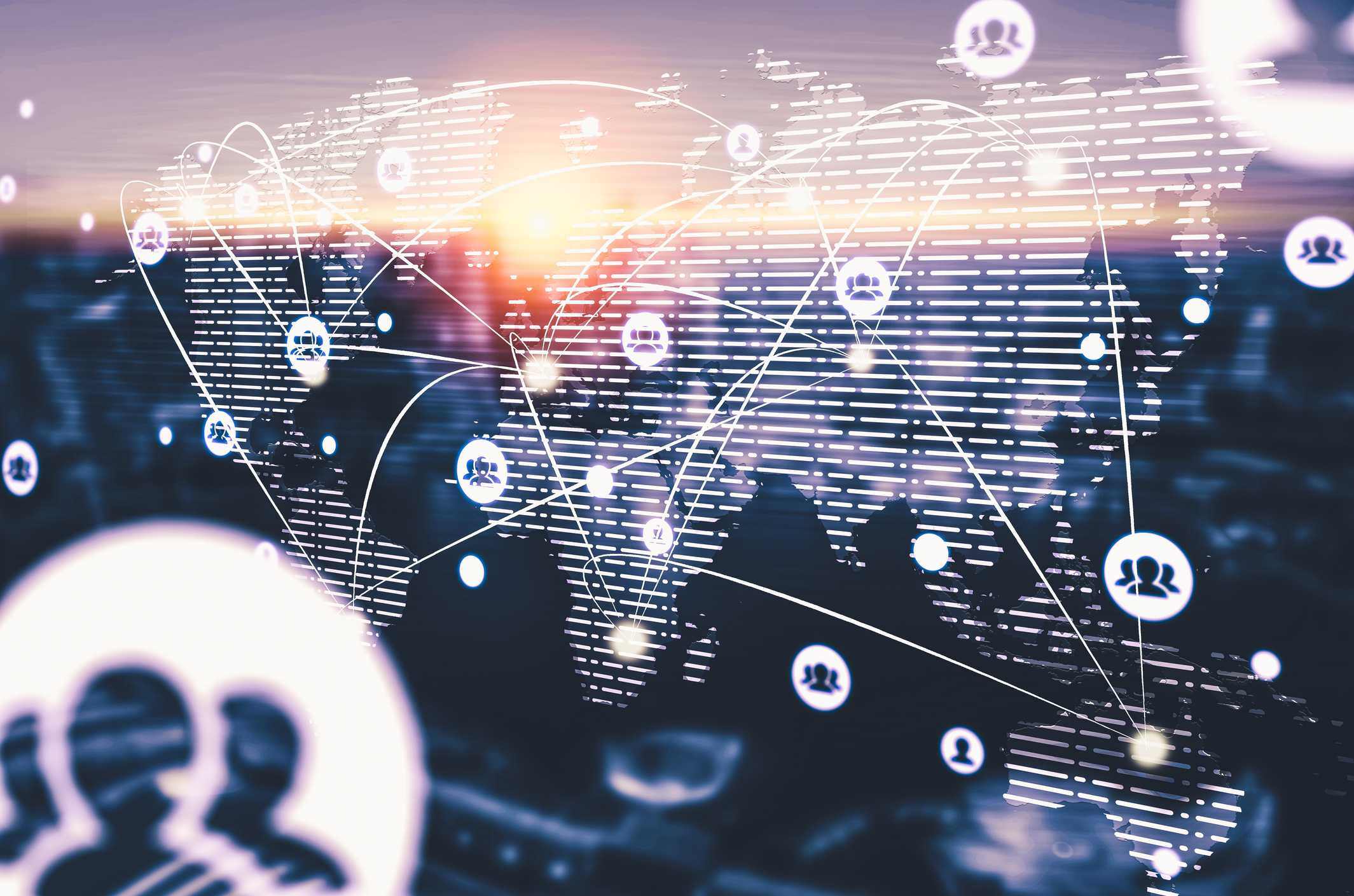Controlling Global Access to Your Critical Systems: A Practical Guide

 By
Jason Miller
·
3 minute read
By
Jason Miller
·
3 minute read
Controlling Global Access to Your Critical Systems: A Practical Guide
In today’s hyper-connected world, businesses must strike a delicate balance between accessibility and security. While global connectivity enables innovation and growth, unrestricted remote access can become a major vulnerability. That’s where global access control comes in—offering a structured, strategic approach to limit who can access your systems, from where, and under what conditions. This guide explores the practical steps every organization can take to safeguard its digital assets across regions, time zones, and threat landscapes.
Why Global Access Needs to Be Controlled
With cloud computing, remote work, and third-party integrations becoming standard, more users are accessing critical systems from outside the traditional network perimeter. But with that convenience comes risk. Cybercriminals actively exploit weak or unmonitored access points—especially from international IP addresses—to gain unauthorized entry. Without effective access control, organizations expose themselves to data breaches, insider threats, regulatory violations, and infrastructure sabotage.
Did You Know?
Did you know that over 45% of unauthorized system access incidents involve users or actors connecting from foreign IP addresses or unrecognized geolocations?
Core Principles of Global Access Control
1. Least Privilege Access
Only grant users the minimum access needed to perform their roles. This limits the damage that can be done if credentials are compromised and prevents unnecessary exposure of sensitive systems or data.
2. Geofencing and Geo-Blocking
Restrict access to your network or applications based on geographic regions. If your business doesn’t operate in certain countries, there’s little reason to allow inbound connections from those locations.
3. Multi-Factor Authentication (MFA)
MFA ensures that even if a password is compromised, additional verification is required before granting access. It’s particularly crucial for users logging in from international or high-risk regions.
4. Just-in-Time (JIT) Access
Grant temporary access privileges to users only when they need it and revoke them immediately after. This reduces persistent exposure and limits attack windows.
5. Identity and Access Management (IAM)
Use centralized IAM tools to manage user permissions, monitor login behaviors, and enforce security policies consistently across all users and regions.
Steps to Implement Effective Global Access Control
1. Conduct an Access Audit
Identify all users with access to critical systems and document where and how they connect. This baseline assessment helps uncover unnecessary or risky access points.
2. Define Access Policies by Location and Role
Create rules that govern which users can log in from which countries or regions, and at what times. Consider applying more stringent policies to administrative accounts.
3. Enable Real-Time Access Monitoring
Implement continuous monitoring to detect suspicious login patterns, such as access from unusual geolocations or during non-business hours. Alerting systems can flag and automatically block anomalous activity.
4. Use VPNs with Location Restrictions
Enforce VPN use for all remote users and configure it to limit connections by region. This adds another layer of control and encryption for remote access sessions.
5. Educate Users About Secure Remote Access
Human error is a leading cause of access-related breaches. Train users on the importance of secure connections, the risks of using public Wi-Fi, and how to recognize suspicious login attempts.
Benefits of Global Access Control
1. Reduced Exposure to International Threats
Limiting access from high-risk regions helps prevent brute-force login attempts, credential stuffing attacks, and malware payloads originating from overseas networks.
2. Improved Regulatory Compliance
Many regulations require strict control over data access. Global access control helps enforce compliance with GDPR, HIPAA, CMMC, and other frameworks that demand geographical and role-based access restrictions.
3. Enhanced Incident Response Readiness
Access logs and geolocation data provide valuable insight during a breach investigation, helping you quickly trace unauthorized activity and respond accordingly.
4. Streamlined Security Operations
Centralized access management reduces manual oversight and streamlines policy enforcement, giving IT teams more time to focus on strategic initiatives.
5. Increased Trust and Accountability
When customers and stakeholders know you control access intelligently and responsibly, it boosts their confidence in your data protection practices.
How BitLyft AIR® Supports Global Access Control
BitLyft AIR® provides powerful tools to enforce global access control, including real-time geolocation tracking, AI-powered anomaly detection, and integrated identity management. Whether you're preventing unauthorized access or responding to a breach, BitLyft AIR® helps ensure your systems stay protected—no matter where users connect from. Learn more at BitLyft AIR® Managed Detection and Response.
FAQs
What is global access control in cybersecurity?
Global access control is the practice of regulating and monitoring access to digital systems based on factors like user identity, location, role, and time of access.
How can geofencing improve access security?
Geofencing restricts access based on geographic location, preventing unauthorized login attempts from countries or regions where your organization doesn’t operate.
Do small businesses need global access control?
Yes. Even small businesses with remote workers or global clients benefit from access controls that reduce unnecessary exposure to cyber threats.
Can BitLyft AIR® help manage access across regions?
Absolutely. BitLyft AIR® offers location-based access monitoring, automated alerts, and policy enforcement to help manage secure global access.
What’s the difference between RBAC and JIT access?
RBAC assigns access based on predefined roles, while JIT access grants temporary, time-limited privileges only when needed, reducing long-term risk.